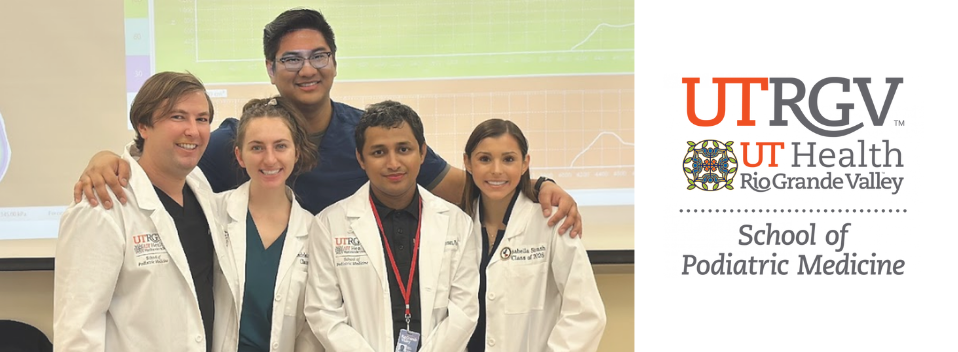
School of Podiatric Medicine Publications and Presentations
Document Type
Article
Publication Date
6-1-2023
Abstract
Objectives
To analyze the effect of biological sex and aging on craniofacial bone features in 129 Sv mice and their influence on dental socket healing post tooth extraction.
Materials and methods
A total of 52 129 Sv mice were used, of which 28 were young (3–4 months) and 24 were aged (17–18 months), equally distributed according to biological sex. After an upper right incisor extraction, mice specimens were collected at 7, 14, and 21-days post-surgery for microtomographic (microCT) and comprehensive histological analysis. Mandible, skull bones, and maxillae at 21 days were analyzed by microCT, while blood plasma samples were collected for the detection of key bone turnover markers (P1NP and CTX-1) by enzyme-linked immunosorbent (ELISA) assay.
Results
Aged females depicted significantly decreased mineralized bone content in alveolar sockets in comparison to young females and aged males at day 7, and aged males at day 14. Mandible RCA and Ma.AR of aged females were also significantly decreased in comparison with young females. Histological evaluation revealed that all alveolar sockets healed at 21 days with inflammation resolution and deposition of new bone. Immunohistochemistry for TRAP revealed increased area density for osteoclasts in alveolar sockets of aged females when compared to young females at 21 days. While a significant increase in CTX-1 levels was detected in blood plasma of aged females when compared to young females, P1NP levels did not significantly change between young and older females. No significant changes were observed for males.
Conclusions
Age and gender can significantly affect craniofacial bones of 129 Sv mice, especially maxilla and mandible in females. Considering the altered bone resorption parameters and delayed alveolar bone healing in older females, careful deliberation is necessary during development of pre-clinical models for craniofacial research.
Clinical relevance
Aging can be a contributing factor to slower bone healing in craniofacial bones. However, there are no sufficient experimental studies that have addressed this phenomenon along with biological sex taken into consideration.
Recommended Citation
Biguetti, C. C., Lakkasetter Chandrashekar, B., Simionato, G. B., Momesso, N. R., Duarte, M. A. H., Rodrigues, D. C., & Matsumoto, M. A. (2023). Influence of age and gender on alveolar bone healing post tooth extraction in 129 Sv mice: a microtomographic, histological, and biochemical characterization. Clinical oral investigations, 27(8), 4605–4616. https://doi.org/10.1007/s00784-023-05087-y
Publication Title
Clinical Oral Investigations
Academic Level
faculty
DOI
https://doi.org/10.1007/s00784-023-05087-y


Comments
This version of the article has been accepted for publication, after peer review (when applicable) and is subject to Springer Nature’s AM terms of use, but is not the Version of Record and does not reflect post-acceptance improvements, or any corrections. The Version of Record is available online at: https://doi.org/10.1007/s00784-023-05087-y
Read published version freely: https://rdcu.be/djyno